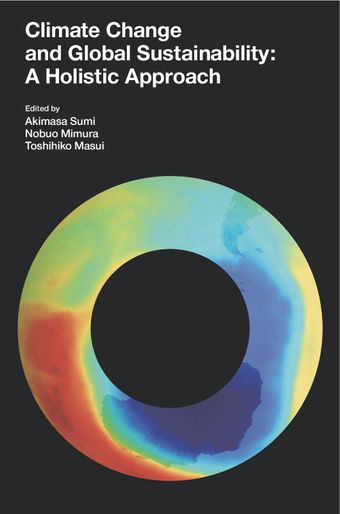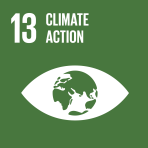New international framework beyond the Kyoto Protocol

- Authors: Hiroshi Hamasaki and Tatsuyoshi Saijo
- Main Title: Climate Change and Global Sustainability , pp 152-163
- Publication Date: October 2013
- DOI: https://doi.org/10.18356/721e2f92-en
- Language: English
In February 2007 the UN Intergovernmental Panel on Climate Change (IPCC) observed that the average global temperature climbed 0.74°C in the 10 years from 1996 to 2005, and basically concluded that global warming is escalating due to human activity. If countermeasures are not taken, the panel warns that the temperature could climb a maximum of 6.4°C by the end of this century compared to the end of the twentieth century. With this in mind, discussion regarding the post–Kyoto Protocol international framework for the reduction of greenhouse gases after 2013 has become animated. In January 2007 the European Union independently declared that it would reduce greenhouse gases by at least 20 per cent by 2020 (compared to the level in 1990). In May 2007, looking ahead to the G8 summit to be held in Germany in June, Prime Minister Abe and the Japanese government proposed the strategy of “Cool Earth 50”. Regarding the post-Kyoto framework, Abe proposed that all the major emitting countries, including the United States, China and India, aim to create a framework that will accomplish a 50 per cent global reduction by 2050. The details of this plan have not been produced, however, and what comes after the promised term of the Kyoto Protocol – in other words, the specific institutional design of the global framework after 2013 – remains unclear.
© United Nations
ISBN (PDF):
9789210563277
Book DOI:
https://doi.org/10.18356/796ca095-en
Related Subject(s):
Environment and Climate Change
Sustainable Development Goals:
-
From This Site
/content/books/9789210563277s007-c001dcterms_title,dcterms_subject,pub_keyword-contentType:Journal -contentType:Contributor -contentType:Concept -contentType:Institution105
/content/books/9789210563277s007-c001
dcterms_title,dcterms_subject,pub_keyword
-contentType:Journal -contentType:Contributor -contentType:Concept -contentType:Institution
10
5

